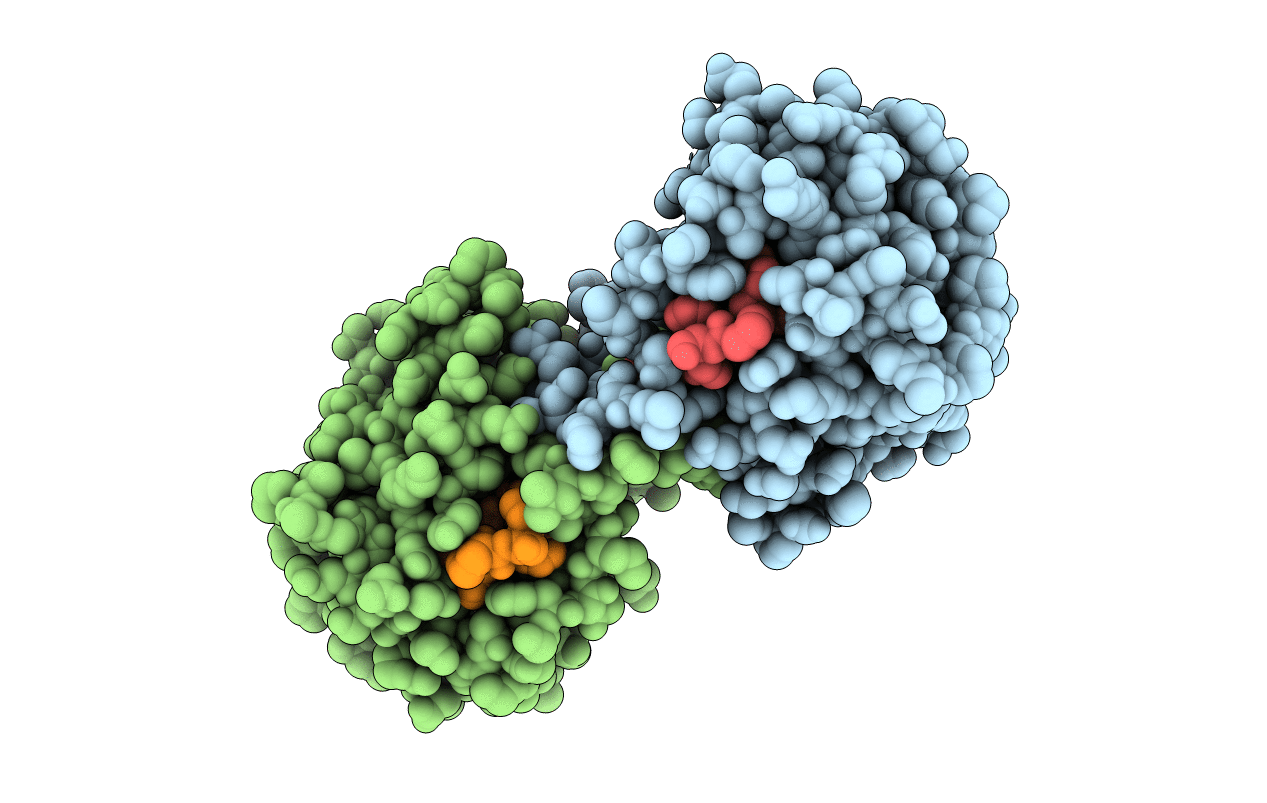
Deposition Date
2022-01-14
Release Date
2022-08-31
Last Version Date
2023-11-15
Entry Detail
PDB ID:
7WMC
Keywords:
Title:
Crystal structure of macrocyclic peptide 1 bound to human Nicotinamide N-methyltransferase
Biological Source:
Source Organism:
Homo sapiens (Taxon ID: 9606)
unidentified (Taxon ID: 32644)
unidentified (Taxon ID: 32644)
Host Organism:
Method Details:
Experimental Method:
Resolution:
2.55 Å
R-Value Free:
0.25
R-Value Work:
0.18
R-Value Observed:
0.18
Space Group:
P 32 2 1


